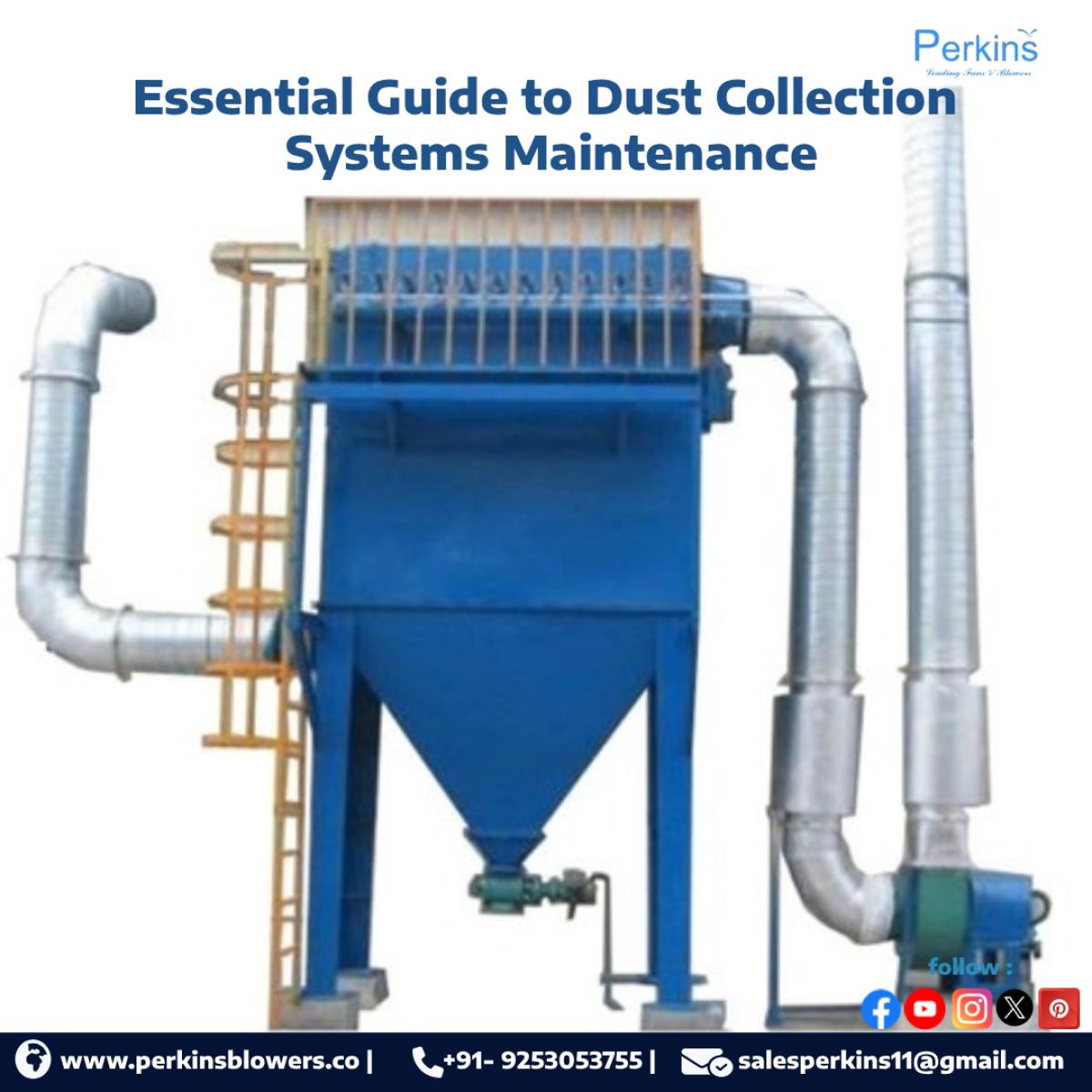
Introduction
Just like vehicles need routine check-ups to avoid costly repairs or failures, dust collection systems demand the same care. Ignoring regular inspections and maintenance can lead to inefficiencies, safety hazards, and even catastrophic failures in industrial environments. A fully functional dust collection system includes not only the collector itself but also the fan, ductwork, hoods, and supporting components like dampers and airlocks. In this blog, we’ll explore key areas to evaluate when performing maintenance—especially focusing on cyclones, filter collectors, and supporting equipment.
1. Pickup Points: First Line of Defense
Are your pickup points functioning as expected? If you notice visible dust in the air, layers of settled dust, or a hazy atmosphere, it's a red flag. Not only does this pose a health hazard, but if the dust is combustible, it also presents a significant explosion risk. Additionally, weak suction or airflow at hoods may indicate a system imbalance—especially if modifications have been made without adjusting airflow dynamics.
2. Ductwork: The Airflow Highway
Your duct system must be airtight and clear. Check for:
-
Leaks or holes, which decrease overall suction at pickup points.
-
Clogged sections, often caused by low air velocity, which can reduce system performance and increase explosion risk.
-
Unbalanced modifications, such as adding or removing pickup points without recalibration.
Routine inspections can prevent airflow disruptions and maintain safety.
3. Dust Collector: The Heart of the System
Baghouse & Cartridge Collectors
Filters are central to performance. Ask:
-
When were the filters last replaced?
-
What is the pressure drop across them? A high pressure drop (over 6” W.C.) suggests clogged filters; low drop could indicate holes or improperly formed dust cakes.
-
Has a maintenance check been done recently? Components like air valves, manifolds, diffusers, and tube sheets can all deteriorate over time.
Also Read: Understanding the Key Differences Between Static Pressure and Dynamic Pressure in Industrial Fans
Cyclones
Cyclones require regular inspections, especially since they wear faster than other types of collectors.
-
Check for pinholes or wear annually.
-
If no post-cyclone filter is installed, emissions should be monitored to prevent environmental violations.
Wet Scrubbers
Watch for abnormal pressure drops—either too high (dust buildup) or too low (low airflow). Also, monitor:
-
Water usage
-
Overflow particulate levels
-
Water treatment load, as minimizing waste can lower operational costs.
4. Exhaust Fan: The Driving Force
The fan powers the entire system. If it malfunctions, airflow is compromised. Key checks include:
-
Excessive vibration
-
Unusual noise
-
Overheating bearings
These symptoms may point to impeller damage, dust buildup, imbalance, or bearing issues—all of which can lead to fire or explosion risks if left unaddressed.
5. Miscellaneous Components: Small Parts, Big Problems
Sometimes, it’s the smaller, often-overlooked elements that can bring a system down:
-
Dampers: Improperly set or malfunctioning dampers can disrupt system balance.
-
Airlocks: Faulty airlocks can allow air leakage or restrict dust discharge.
-
Controllers and instruments: Faulty readings or shutdowns can impair system operation.
Conclusion
Maintaining a dust collection system isn't just about clean air—it's about protecting your people, your equipment, and your bottom line. Whether it’s a cyclone, baghouse, or wet scrubber, routine inspections and preventive maintenance go a long way. If you’re unsure where to start, consult with a dust collection expert like Aerodyne Environmental to get your system back on track.
Read more: How to Choose the Right Centrifugal Fan for Your Application?
